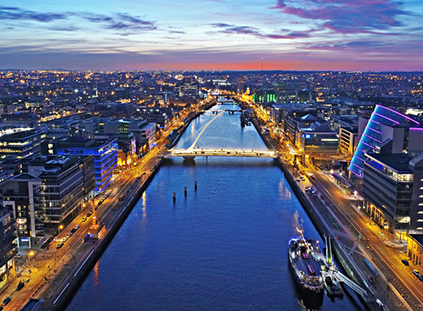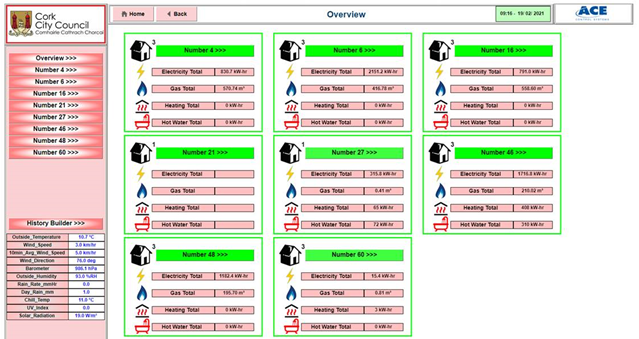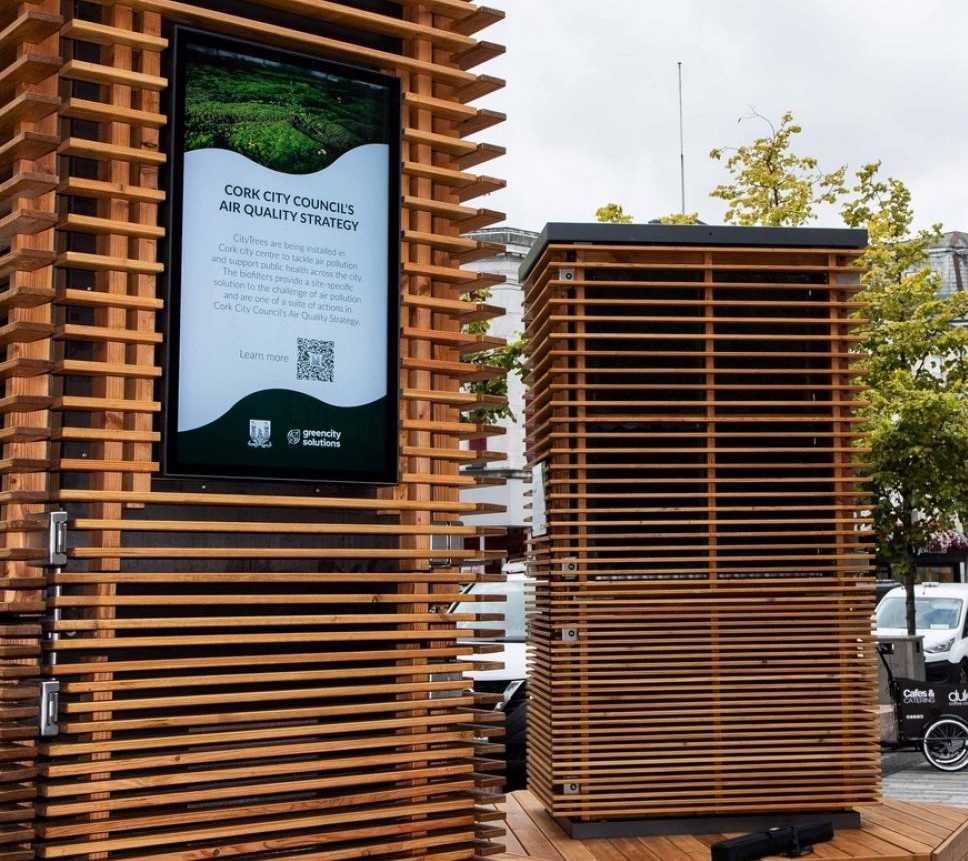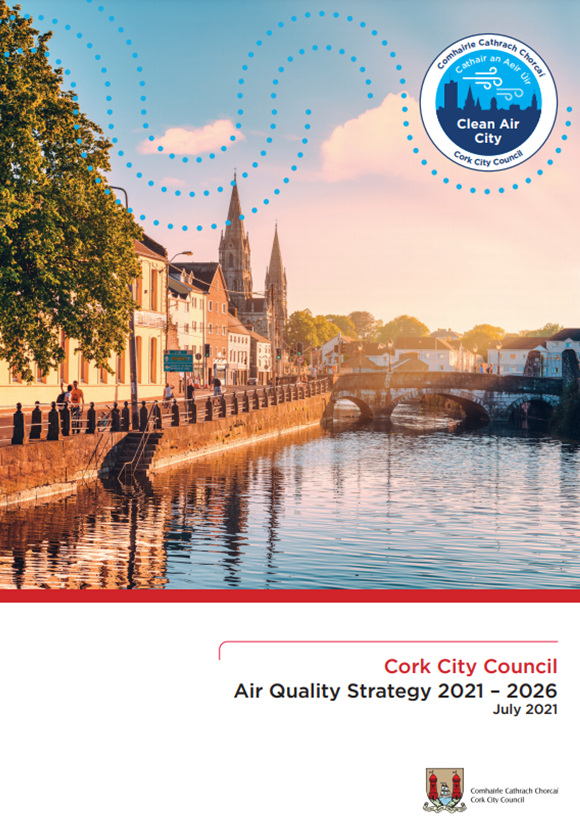One of the biggest challenges worldwide is climate change and the need to reduce emissions. The EU Climate and Energy Package which came out of the Paris talks in December 2015, mandates for 20% savings in energy by 2020. To ensure that Ireland meets its commitments, the public sector is seeking to make a 33% saving, which will make up 10% of Ireland’s total saving. Dublin City Council’s Sustainable Energy Action Plan commits to achieving at least 20% CO2 reductions by 2020.
How?
In 2012, smart meters were installed in the Wood Quay building to give energy usage updates every 15 minutes including where and how energy is being used. The system can also be used to remotely control the heating systems and to set timers for subsystems like ventilation of car parks. The information allows the Energy Manager to monitor and adjust heating and cooling systems in real-time
Results in 2016 show a decrease of 25% in electricity consumption since 2012 and, so far, 2017 is showing further falls in consumption. In terms of gas, DCC has used 19% less gas in 2017 as compared to 2012.
As a result of these improvements to the building’s energy efficiency, the Civic Offices have been awarded ISO50001 certification.
Staff engagement
Smart monitoring systems like this one would achieve little if they weren’t part of a bigger plan to cut carbon emissions and save on energy bills. While the Energy Manager and energy bodies such as Codema and SEAI can implement measures to achieve goals, success is also dependent on the collaboration of staff. Consequently, Dublin City Council is working with Codema to analyse energy data and to see where improvements can be made across the city through a Register of Opportunities.



